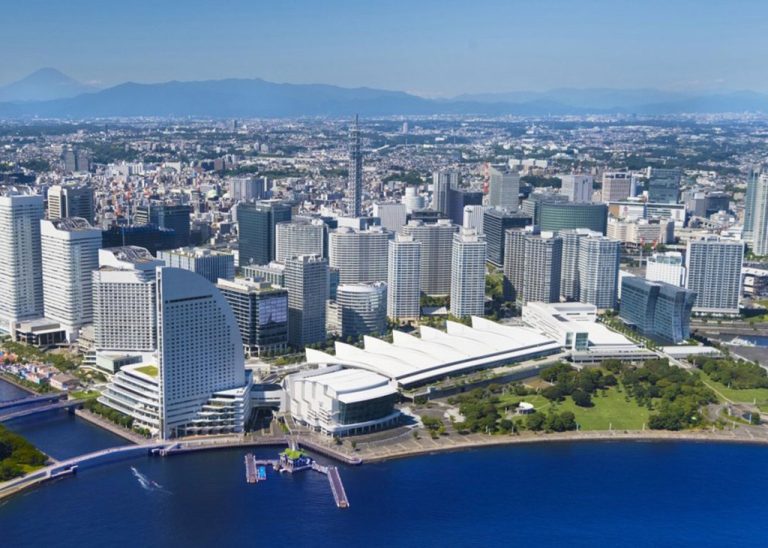American tourists have flocked to Japan in recent months, taking advantage of a historic weak yen that has slashed hotel, restaurant, theme park and Shinkansen fares. But experts say that’s not the only factor hurting sales at this week’s Tokyo Modern Expo. Art News.
Joshua Greenberg, managing director of Bank of America Private Bank, said that while the yen has seen a “substantial depreciation” over the past three or four years, the weak currency could have some impact on sales of mid-priced art, which he defined as works valued between $100,000 and $250,000.
“Collectors come from the U.S. and Europe just to get their hands on these works of art,” he said. “We think the exchange rate of their currencies relative to the yen may have some impact at this fair.”
Drew Watson, vice president of U.S. Bank Private Banking, said he didn’t know how many Americans attended the fair this year, likely because of the location, given Tokyo Modern’s location. But he said a weaker currency can only be a good thing for foreign buyers. “People feel like they have more money or more buying power, which makes them more likely to make large, discretionary purchases of assets like art,” Watson told Art News“I think that factor really can’t be ignored.”
One way dealers hope to attract Americans is by pricing artworks in dollars rather than yen. Maelle Ebelle, director of Ceysson & Bénétière, told Art News The gallery’s solo exhibition of Korean artist Nam Tchun-Mo will be priced in US dollars. The three best-selling blue-chip Japanese artists—Yoshitomo Nara, Yayoi Kusama, and Takashi Murakami—are also represented by major galleries such as Pace, David Zwirner, and Perrotin, and their works are priced in U.S. dollars.
Eberle said it was a “sensitive period” for the international market, pointing to the latest UBS report for Art Basel, as well as national elections in the U.S. and France. “Our strategy is to keep moving forward internationally and to continue defending and presenting our artists to the world,” she wrote in an email. Art News.
Arushi Kapoor, an art consultant and art dealer, said currency fluctuations can certainly affect clients’ buying and selling decisions. “Ten cents makes a big difference, especially for works worth more than $1 million,” she told Art News.
A notable recent example is Alberto Giacometti’s Leonie (1958), which was highlighted by former Philips chairman David C. Norman in a post on Instagram. Leonie It sold for $22.2 million at Christie’s in May this year, $3.3 million less than when it sold for $25.9 million at Sotheby’s in October 2020. Art Network Shipper’s Report Leonie It’s Yusaku Maezawa. If a Japanese collector like him really commissioned the work, they might make a profit from it.
In October 2020, $1 was worth 105 yen. Now, $1 is worth 161 yen. This means that despite the drop in value caused by the auction, if the seller is indeed Yusaku Maezawa, the value of the Giacometti work has climbed by nearly 800 million yen.
Kapur strongly advises collectors who want to take advantage of exchange rate fluctuations to time their transactions well and to speak to their bankers first. “It takes about two weeks for payment to be made,” she said.
Ultimately, collectors with the greatest financial resources will continue to buy new works, regardless of currency fluctuations or geopolitical events. Art advisor Dane Jensen told Art News“There’s still a lot of money at the top – it just depends on whether they’re willing to spend it.”


